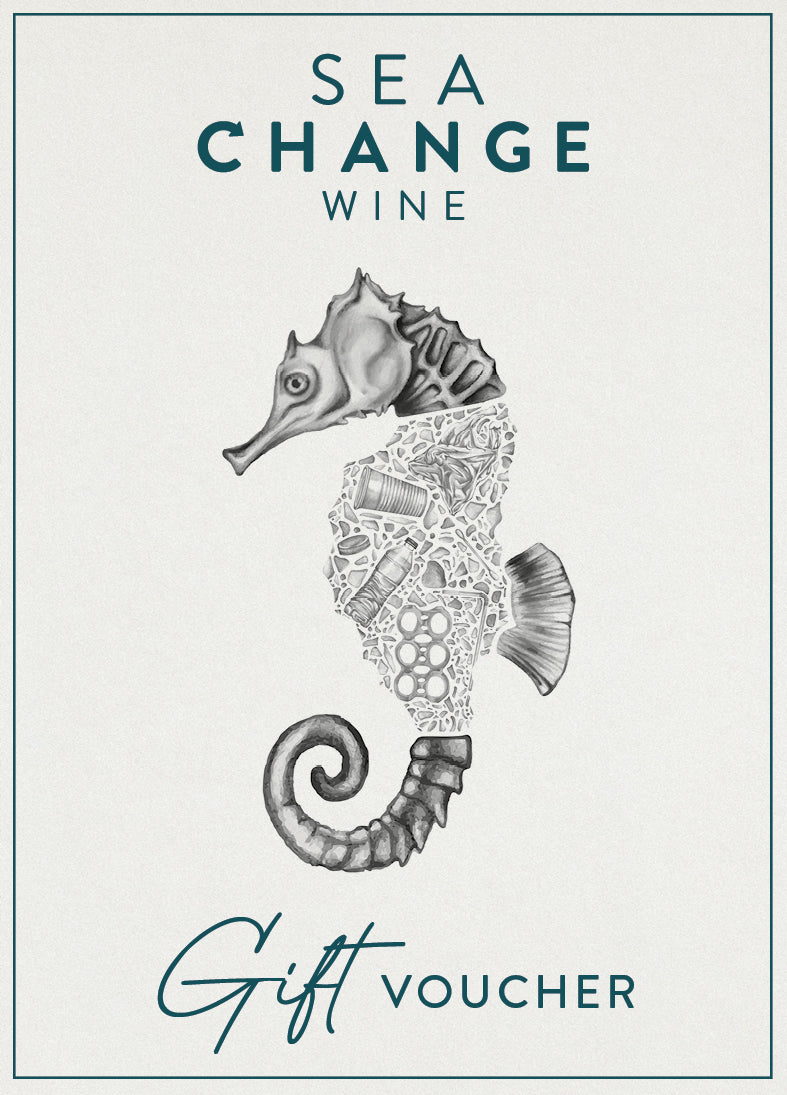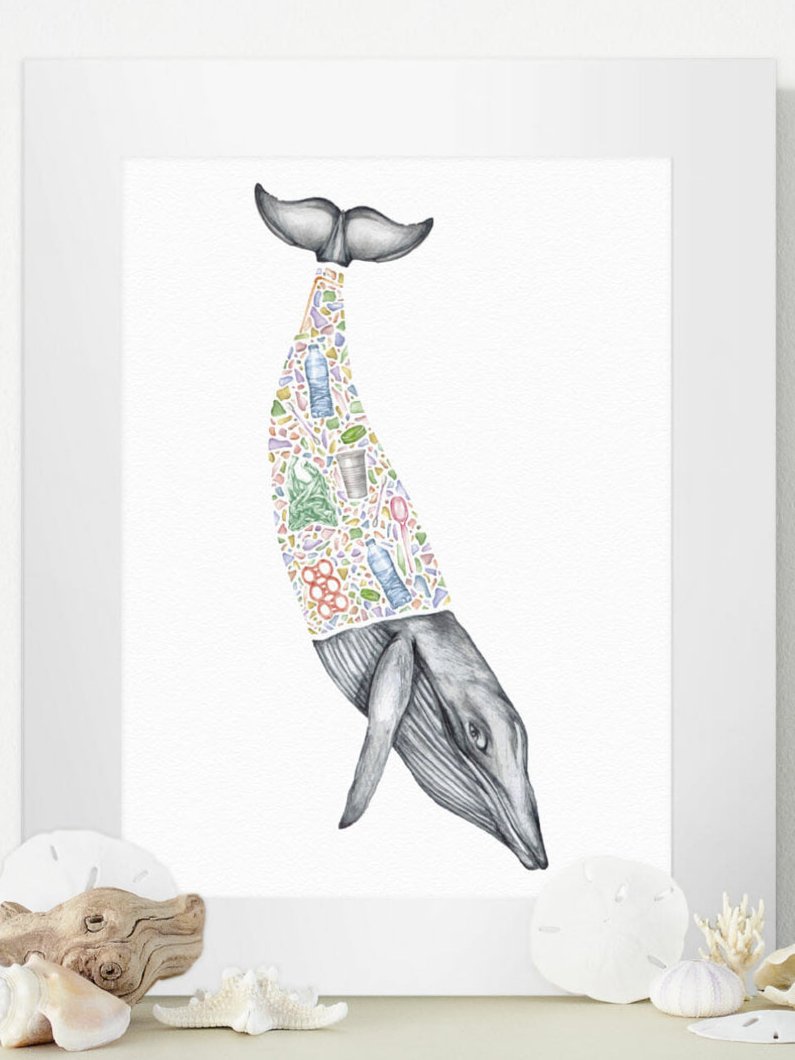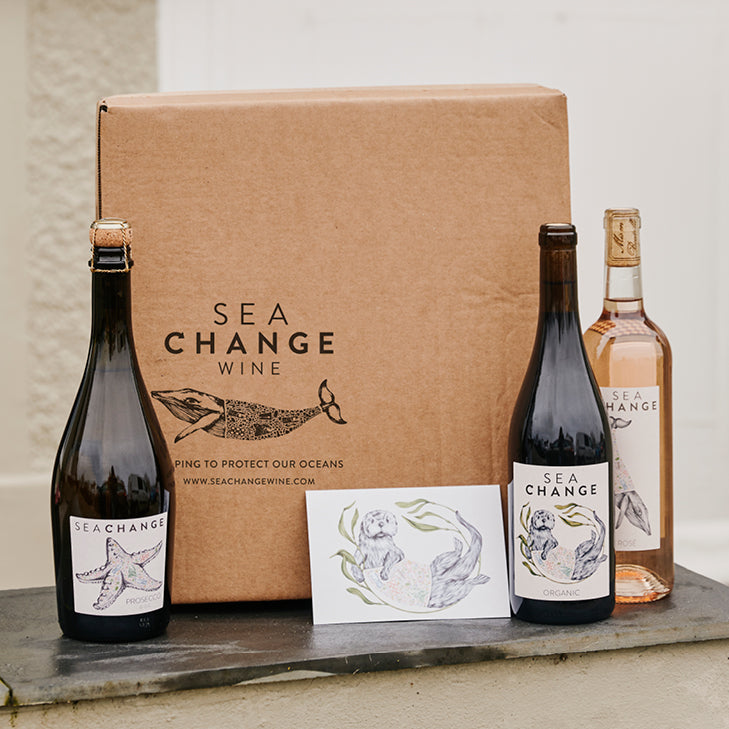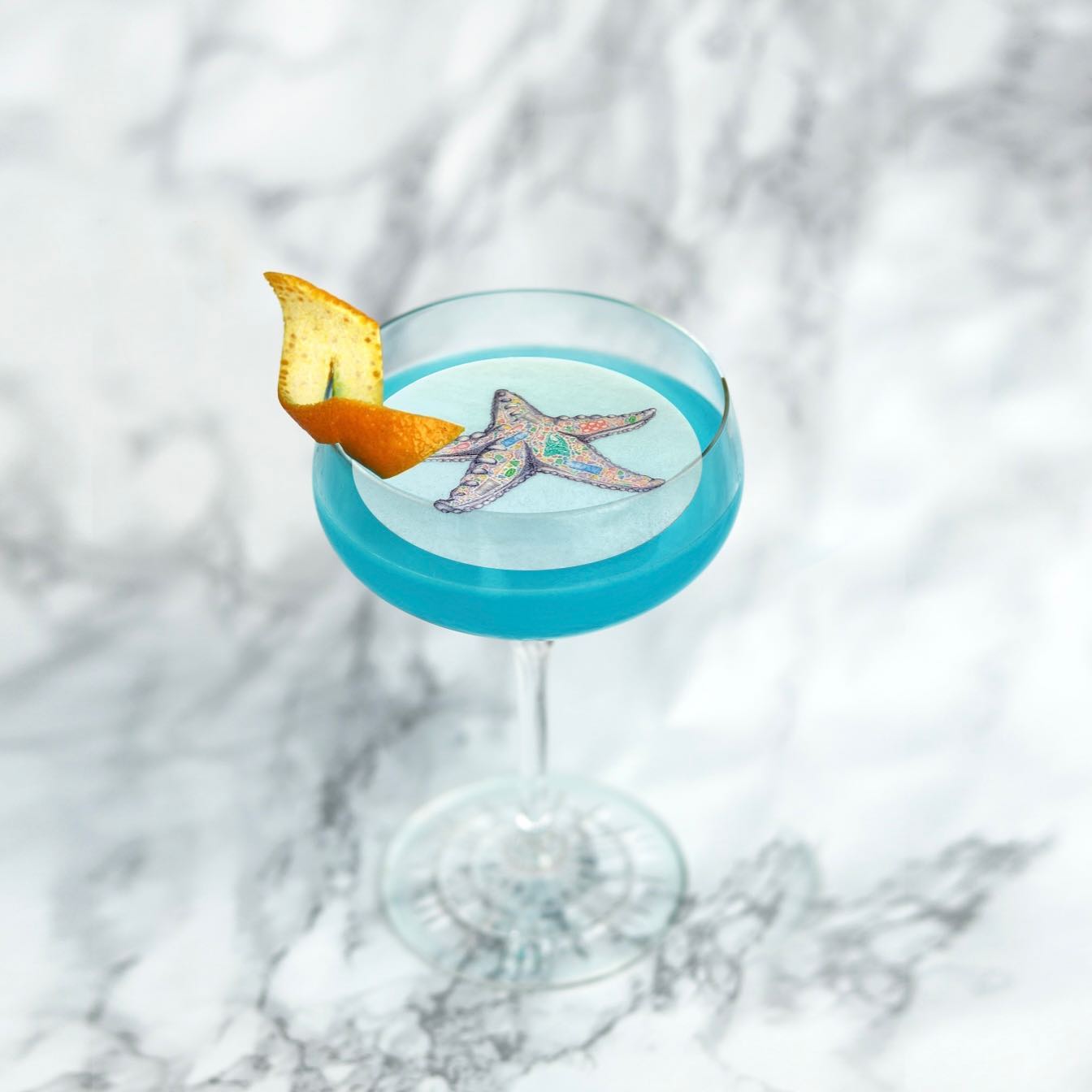
Sea Change Wine was delighted to support Charlotte, a young geographer, as she travelled to Antarctica earlier this year to witness and understand the effects of climate change at close quarters. With internet access during her trip an obvious challenge, Charlotte has now returned from her expedition and has told us all about her amazing experience.
THE JOURNEY BEGINS...
Charlotte’s trip started at the Argentine town of Ushuaia, the gateway to Antarctica. Before setting sail, Charlotte and the team hiked up Martial glacier, the primary freshwater source for the town, which is under threat of severe deglaciation, and carried out a beach clean with over 20 bags of rubbish collected in just two hours.

Once onboard their expedition ship, their journey began through Beagle Channel where Charles Darwin spent a lot of time, before heading though Drake’s Passage. Lectures on board included the environment and animals of Antarctica, the effects of climate change, and technologies of change.
On day five, Charlotte woke up in the midst of Drake’s Passage with 20-foot swells rocking the ship, but luckily her seasickness medication kicked in! The boat entered Antarctica’s waters in the evening at the official meeting point between the Southern and Pacific oceans. Charlotte explains: “It felt like quite a momentous arrival – the temperature immediately dropped by three degrees, and it snowed non-stop.”
Conditions were a chilly two degrees Celsius with winds of 30 knots winds and gusts of 40/50 knots – with layers very much needed when out on deck! Charlotte and the team saw the Antarctic continent for the first time, arriving in intense snowed out conditions. They had to wait for the weather to clear before setting out to explore Fournier Bay, where they had their first sighting of penguins.
PENGUIN FACTS
1. Their black and white colour protects them against heat control as well as camouflaging them from potential predators: when seen from below, a white belly better blends in with light-filled surface waters, while from above a black back looks similar to the dark hues of the deep ocean.
2. They often overheat! When this is the case, they lie face down on the ice and spread their wings to release heat
3. They can slow their heart rate down to 3 beats/minute
4. They can control how and when their muscles use oxygen
EXPLORING ANTARCTICA'S WILDERNESS
The following day Charlotte set foot in Antarctica for the first time. She says: “We saw four seasons in one short snippet of time – beautiful conditions on the way over to Pleneau Island then the snow set in, making it bitterly cold and windy but definitely atmospheric! Within 20 minutes the snow and clouds had cleared and the view that presented itself was mesmerizing, the sun shone, and the water almost looked inviting enough to jump in to!”
Over the following days, the team explored different parts of Antarctica including Paradise Harbour, Argentina’s scientific base in Antarctica; Mikkelsen Harbour where they witnessed wrecked wooden boats and whale bones, remnants of the historic whaling era; and Deception Island where they hiked to the top of an active volcano to find a mix of fire and ice with the crisp white glacier being covered by volcanic ash.

Highlights included seeing penguins: “hilarious to watch as they waddle, tumble, take a bit of snow and get back up and go again”, being chased by a curious and playful fur seal, and simply taking in the extraordinary beauty and scale of Antarctica – “The scale glaciers running into the water was surreal and seeing whales peacefully roam around Neko Harbour, watching them breach and dive down was a humbling moment and one of feeling very small.”
Charlotte also completed a ‘polar plunge’ diving into the freezing waters but assures us that the experience left her feeling full of endorphins and rejuvenated despite the tingling skin and numb toes and fingers!
A TRIP OF A LIFETIME
The return journey back through Drake’s passage saw much improved conditions (called a Drake Lake) with waves no more than three metres high and smooth sailing. On her last day, Charlotte woke up as the boat was passing Cape Horn. She says: “It was a beautiful sunrise to mark the end of journey and make the nautical rite of passage of turning Cape Horn even more memorable.”
Having completed this once-in-a-lifetime trip, Charlotte is keen to put what she has learnt into practice, learning and developing actionable solutions to become a part of a global force for change. She aims to influence and educate others on climate change and sustainability. We are sure she will be a great success – good luck Charlotte!





